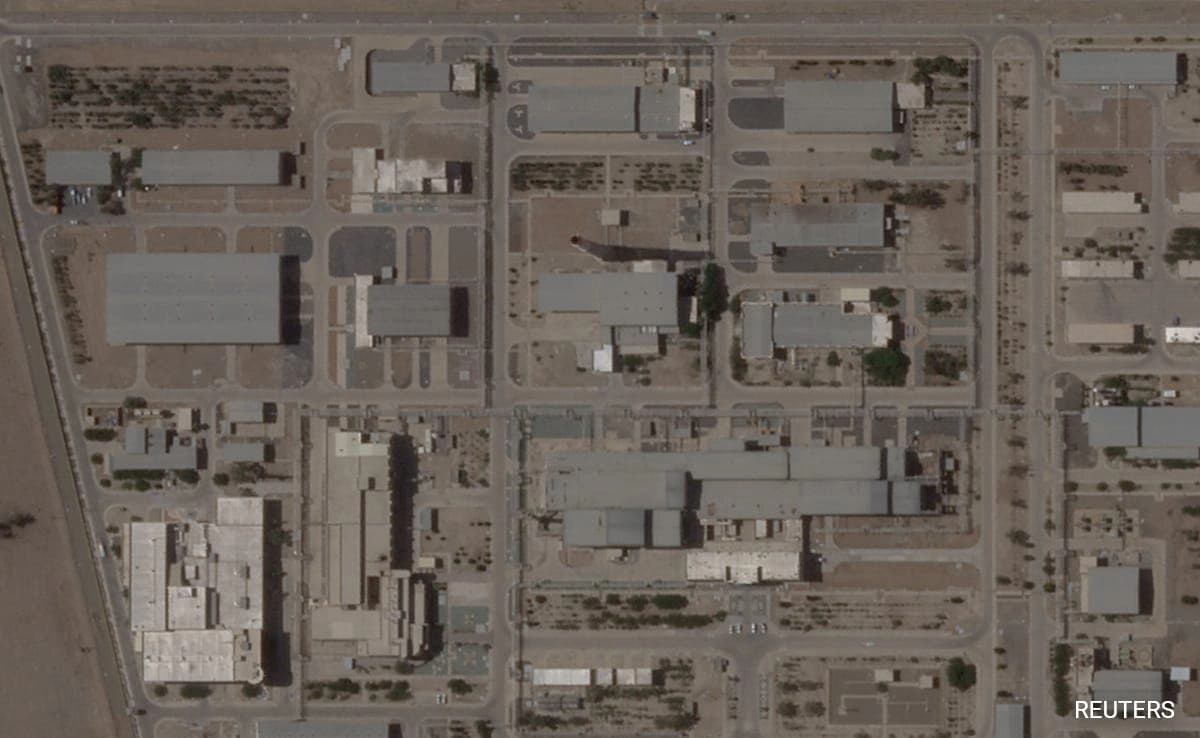In a striking move, Team Trump has recently branded several American cities as “war zones,” a label that has sparked considerable controversy and debate. This characterization aims to highlight the challenges these cities face, particularly in terms of crime, violence, and social unrest. By using such a dramatic term, the Trump campaign seeks to evoke a sense of urgency and concern among voters, framing the narrative around law and order as a pivotal issue in the upcoming elections. The cities included in this branding often serve as focal points for discussions about crime rates and public safety, thereby amplifying the campaign’s message about the need for a stronger stance on crime prevention and community safety.
The implications of labeling urban areas as “war zones” extend beyond mere rhetoric; they can influence public perceptions and policy discussions. Such terms can instill fear and anxiety among residents and potential visitors, potentially impacting local economies and community morale. Critics argue that this kind of language oversimplifies complex social issues, reducing multifaceted problems like poverty, inequality, and systemic injustice into a singular narrative of violence and chaos. By framing cities in this way, Team Trump risks alienating constituents who may feel that their communities are being unfairly represented and that the underlying causes of crime are being ignored.
Furthermore, this strategic choice of language is likely aimed at galvanizing support from voters who prioritize law enforcement and public safety. By painting a picture of urban decay and unrest, the campaign is appealing to those who may feel threatened by rising crime rates and are seeking assurance that their government will take decisive action. This tactic also seeks to contrast the perceived failures of Democratic leadership in these cities with a promise of restored order under a Trump administration. However, the effectiveness of this approach remains to be seen, as it may provoke backlash from those who view it as an exaggerated portrayal that undermines the positive aspects of urban life.
Ultimately, the branding of these cities as “war zones” is not just a campaign slogan; it represents a broader narrative about the state of American society. This approach raises important questions about how political rhetoric shapes public opinion and the potential consequences of such narratives on communities already grappling with their own challenges. As the election season unfolds, it will be critical to observe how this framing influences voter sentiment and whether it resonates with the lived experiences of individuals in these cities. The conversation surrounding crime, safety, and urban policy is far from straightforward, and the implications of such stark labels will undoubtedly continue to be a point of contention in the political arena.




